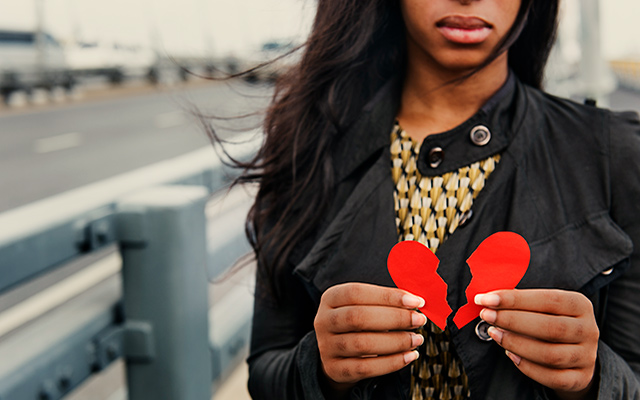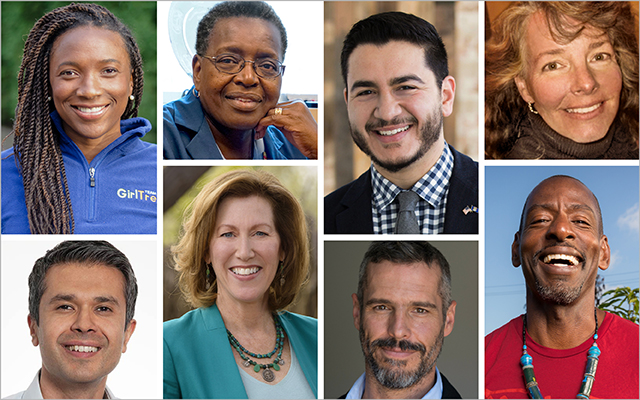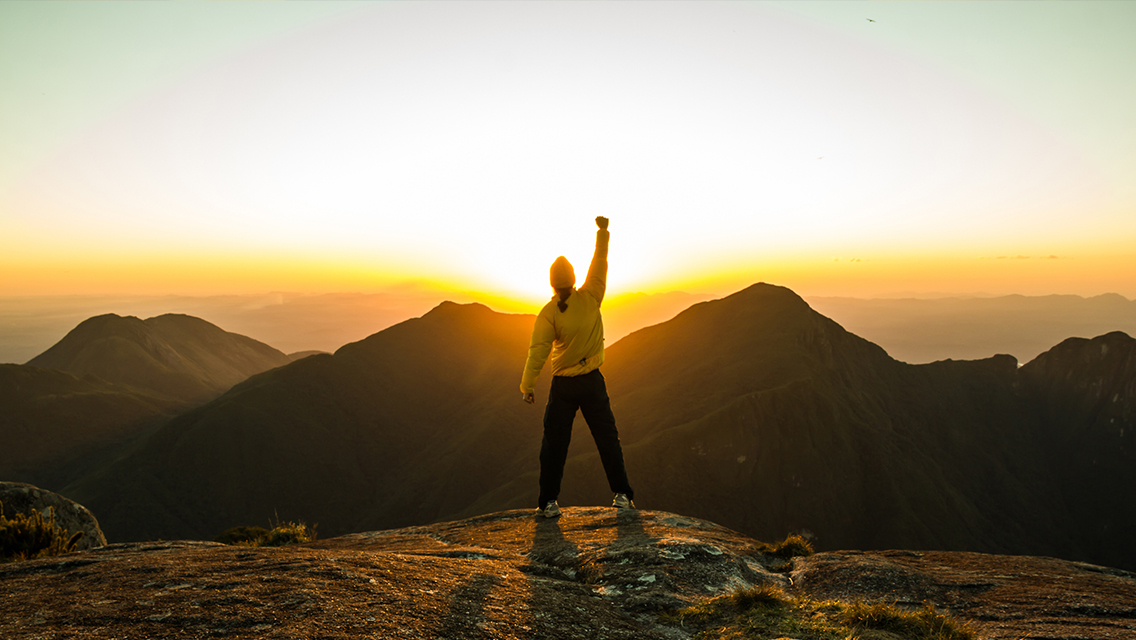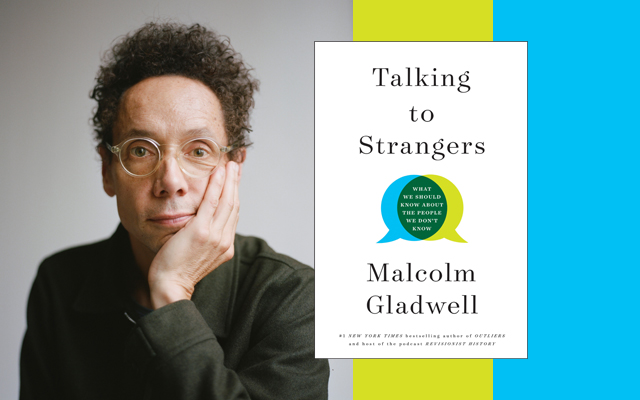This isn’t the first time I’ve written this piece.
In 2016, I wrote about my anger and sadness over seeing a video of Philando Castile being shot and killed by a police officer during a routine traffic stop. The video was posted to Facebook by his girlfriend, Diamond Reynolds, who was a passenger in the car along with her 4-year-old daughter. Castile was killed on a street I drove past regularly on my way between work and home. This happened in my city — but it has happened and continues to happen everywhere.
In the time since I wrote that piece, these deaths have become more visible to everyone through social-media platforms. The collective outrage and grief has transcended race as more white Americans join the call for change.
When I watched the video of George Floyd, an unarmed Black man, being held to the ground with an officer’s knee on his neck for almost nine minutes until he stopped breathing, I went numb. I was flooded with emotions; I felt out-of-body fury, profound sorrow, and overwhelming defeat. The three other officers present did nothing to stop it. At one point, two of the cops pinned his legs to the ground, while the other officer faced the crowd, keeping his back to the incident. George called out, “I can’t breathe!” The phrase we all heard when Eric Garner died in police custody in 2014. The phrase that has become the rallying cry of the Black community. Many communities have turned their backs on a long history of injustice and inhumanity that has kept our entire nation from achieving true equality — but we can’t turn away from this anymore.
And this travesty is personal for me. As I often have to remind people, I’m a Black biracial woman. I’m light-skinned, or “white-presenting,” so people often associate me as such. I grew up in a mostly white suburb of Minneapolis, and most of the racism I faced came from ignorance and jokes followed by, “Sorry, Courtney, I forgot.” When meeting my father, my blonde mother, and my redheaded brother, people asked, “Are two you adopted?” and if my dad was 100 percent African American.
My family is filled with biracial children on both my mother’s and father’s side; my aunt is married to a Peruvian–Chinese man; my biracial cousin’s husband and son, along with another aunt, are Native American. The tapestry of our family is one of love, acceptance, and beauty, and our fathers, uncles, and aunts protected from us the insidious racism they faced almost daily.
Since George’s death on May 25, 2020, the protests in more than 500 cities and towns, in all 50 states — and across the globe — have unearthed a deep, repressed trauma in our Black community. The fires, destruction, and mayhem from looting and riots have upset and devastated neighborhoods, and while there are some people looking to take advantage of the uproar, what I have witnessed in these fires is so much pain. History tells us that there really is no “peaceful protest,” and that what we are seeing is complex and arduous, as many stories on big change have been. It’s easier, for some, to shift the conversation away from what happened to George, blame the victim, and add their two cents with “whataboutism,” but it avoids the important work that needs to be done.
The Black community is in pain. Over the past week, I’ve had some wonderfully engaging and deeply felt conversations with my family and friends. We’ve worked on processing our emotions, understanding our history, and seeking ways to make progress.
But, there is a lot of work to be done, and it can be uncomfortable. If you are not Black but aligned as an ally or are anti-racist, there will be moments when you don’t know what to say or when you feel you should apologize. It’s OK to say, “I don’t know,” “I’m upset,” or “I’m sorry” — if you’re willing to follow that with, “I’m here to listen.”
You may feel guilt for not being part of the conversation sooner. I have that: I spent the past five years raising babies and keeping my eye toward my own well-being and juggling it with my work. What matters is that you are here now, and as we often say in our magazine’s fitness department, starting from where you are is the first step forward.
You may be thinking: Why should this matter to me? This isn’t my community; I’m focused on my path to health. I’ve openly shared in this blog my own quest to improve my health and self-care, and I understand the impulse to turn away from an issue that feels too big to solve, but please understand that the health of one demographic affects the collective vitality of all human beings. By leaning into these hard discussions and offering support, we can build up our social networks and bridge our disparate communities. As Harvard University professor Robert Putnam puts it, “Research shows that having a healthy amount of social capital plays a key role in human happiness. Critically, it allows people to thrive even in situations of economic hardship.”
Civil rights issues are indeed community-health issues — they are systemic and generational. This racialized trauma affects Black people and people of color (BIPOC) on a cellular level, as noted by Resmaa Menakem, LSW, LICSW, author of My Grandmother’s Hands: Racialized Trauma and the Pathway to Mending Our Hearts, in a panel discussion with MPR host Angela Davis. Simply being born in a Black body, as Menakem says, when “the white body is considered the supreme standard of humanity . . . adds to the weathering effect” of stress so that our grandmothers are dealing with high levels of cortisol. If your mother and father feel unsafe or food insecure, for example, it changes their stress response. So even before you are born, it is embedded in your DNA as a BIPOC to be on alert; your adrenal system may respond differently; your nervous system needs extra care. (Listen to the panel here.)
We can all do better together. Healing is necessary and will take time, but this energy and attention must continue. The season has come to do the work that is needed — to use our compassion and humanity to find peace and prosperity for all.
This isn’t the first time I’ve written this piece, but I truly hope it’s the last.




This Post Has 0 Comments